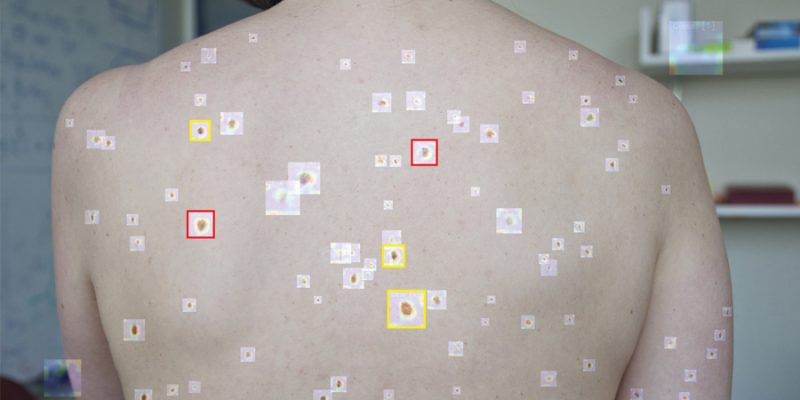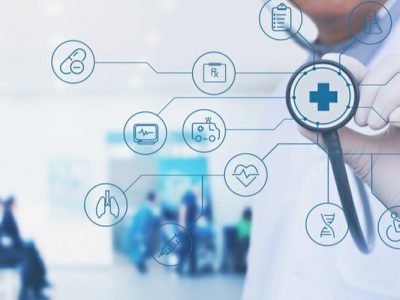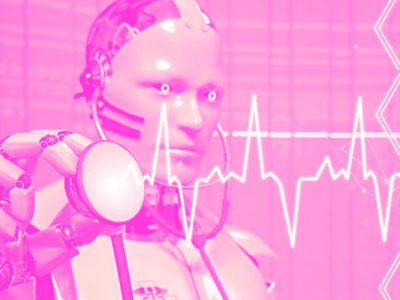
Here is a list of the top ten AI-based tools that can help detect cancer in clinical settings.
Artificial Intelligence (AI), or the ability of a machine to replicate human thinking and behavior, is increasingly becoming a part of our daily life. AI in Healthcare is thus not a new concept as it can assist medicine and pharmaceutical research. AI is continuously working on its progress in biotechnology and the pharmaceutical industry. Researchers have been investigating the use of such technologies to assist clinicians in diagnosing and treating diseases, including cancer in recent years.
Ten of the successful AI tools in detecting cancer are:
Methylation-based classifier:
The methylation-based classifier was created to categorize medulloblastomas into subtypes. They also get a confidence score, which indicates how probable the outcome is to be correct by comparing the data to its tumor reference list and groups the profile, but if it doesn’t exactly match, cancer receives a low confidence score. About 150 distinct cancer entities are now recognized by the classifier. The capacity of the computer to detect those cancer kinds could reduce hospital error rates.
FocalNet:
Even highly trained radiologists don’t always agree on what they’re seeing in the images, and those with less expertise perform even worse at identifying what they’re seeing. FocalNet is an AI-based approach that will aid clinicians in better classifying prostate cancer. The Gleason score value determined from an MRI is currently restricted because it is reliant on the radiologist’s ability to interpret the image. Multiparametric MRI could be utilized even without professional radiologists with the help of technology like FocalNet, resulting in better and accurate diagnoses that can guide individuals to the proper treatment.
Machine Learning Algorithm:
Regina Barzilay used mammography image data from women in their forties to fifties in the United States to construct a more accurate picture of a person’s risk of developing breast cancer using a Machine Learning algorithm. It is one of the best AI tools in detecting cancer.
Google model:
The AI surpassed all six radiologists who not only looked at CT scans to determine lung cancer risk in the Google model. The AI cut the false positive rate by 11% and the number of reported false negatives by 5%. The radiologists performed roughly as well as the computer since there were two scans. The Google model is still in its early stages, and AI systems under progress have a long way to go before they can be used in clinical settings, as the goal is to combine computer technology with doctors’ expertise and skills.
CDx:
The diagnostic test based on a study using CDx’s advanced diagnostic platform, Wide-Area Transepithelial Sampling with Computer-Assisted Three-Dimensional Analysis (WATS3D), will be compared to the existing standard of treatment, known as the Seattle biopsy protocol. The CDx approach uses a specialized brush device that locates more at-risk mucosa than the Seattle biopsy protocol, which involves biopsies of the four quadrants in the esophagus. It is one of the best AI tools in detecting cancer.
Deep learning:
A worldwide research team, financed in part by NIDCR, demonstrated that deep learning, a sort of artificial intelligence, correctly diagnosed the existence of molecular and genetic abnormalities based only on tumor images across 14 types of cancer, including head and neck cancers. The findings suggest that deep learning could be used by clinicians to give individualized cancer care more quickly and cheaply.
Arterys’ Oncology AI Suite:
The new oncology program employs artificial intelligence (AI) to assist clinicians in measuring and tracking tumors or possible cancers, as well as applying radiological criteria quickly and effectively. Deep learning processes for liver MRI and CT scans, as well as lung CT scans, will be the first to be developed. Using a basic web browser, radiologists can simply confirm, analyze, quantify, and report on the existence of lung nodules and liver lesions, as well as their critical characteristics.
Google’s Inception v4 neural network:
It diagnosed dermoscopic images with significantly higher accuracy, sensitivity, and specificity than the average performance of 58 dermatologists. It is one of the best AI tools in detecting cancer.
IBM Watson:
IBM Watson is a forerunner in artificial intelligence-based healthcare solutions. IBM, as a Fortune 100 business, has a lot of experience delivering successful AI solutions in a variety of scenarios. IBM Watson Health is a forerunner in artificial intelligence-based healthcare applications with the goal to process medical images quickly and efficiently interpret the data using data from a variety of databases.
Butterfly Network:
By leveraging hardware and software solutions, Butterfly strives to provide a unique perspective on medical imaging. Butterfly IQ is a portable mobile gadget that utilizes ultrasound-on-chip technology, making it the first handheld complete body ultrasound framework in the world. In addition, while scanning, the equipment can detect cancerous diseases in real-time. The White House has awarded Dr. Jonathan Rothberg, the chairman of Butterfly Network, the National Medal of Technology and Innovation. It is one of the best AI tools in detecting cancer.



















